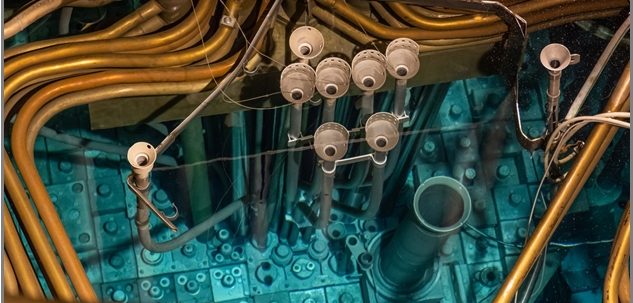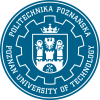The core of the MARIA research reactor at the National Center for Nuclear Research (NCBJ) in Otwock-Świerk, photo: NCBJ.
Thanks to the cooperation with NCBJ and Łukasiewicz – IMiF, as well as the involvement of many members of our Department (not only staff but also former and current students and doctoral students), we were able to summarize the results of experiments conducted over many years with the use of the MARIA nuclear research reactor. The subject of the article concerns the possibility of using selected materials as active layers of a magnetic field sensor capable of working in the so-called extreme environments.
We are the first to present an experimental comparison of the effect of neutron radiation on thin layers of graphene and indium antimonide (InSb). For this purpose, we created a 2D structure in the form of hydrogen intercalated quasi-free graphene on silicon carbide. We have produced thin layers based on InSb, donor doped to a different extent, both on monocrystalline gallium arsenide and on a polycrystalline ceramic substrate. We subjected all tested materials to a flux of fast neutrons.
You can read about interesting conclusions from this comparison HERE.
We published the article in open access.






